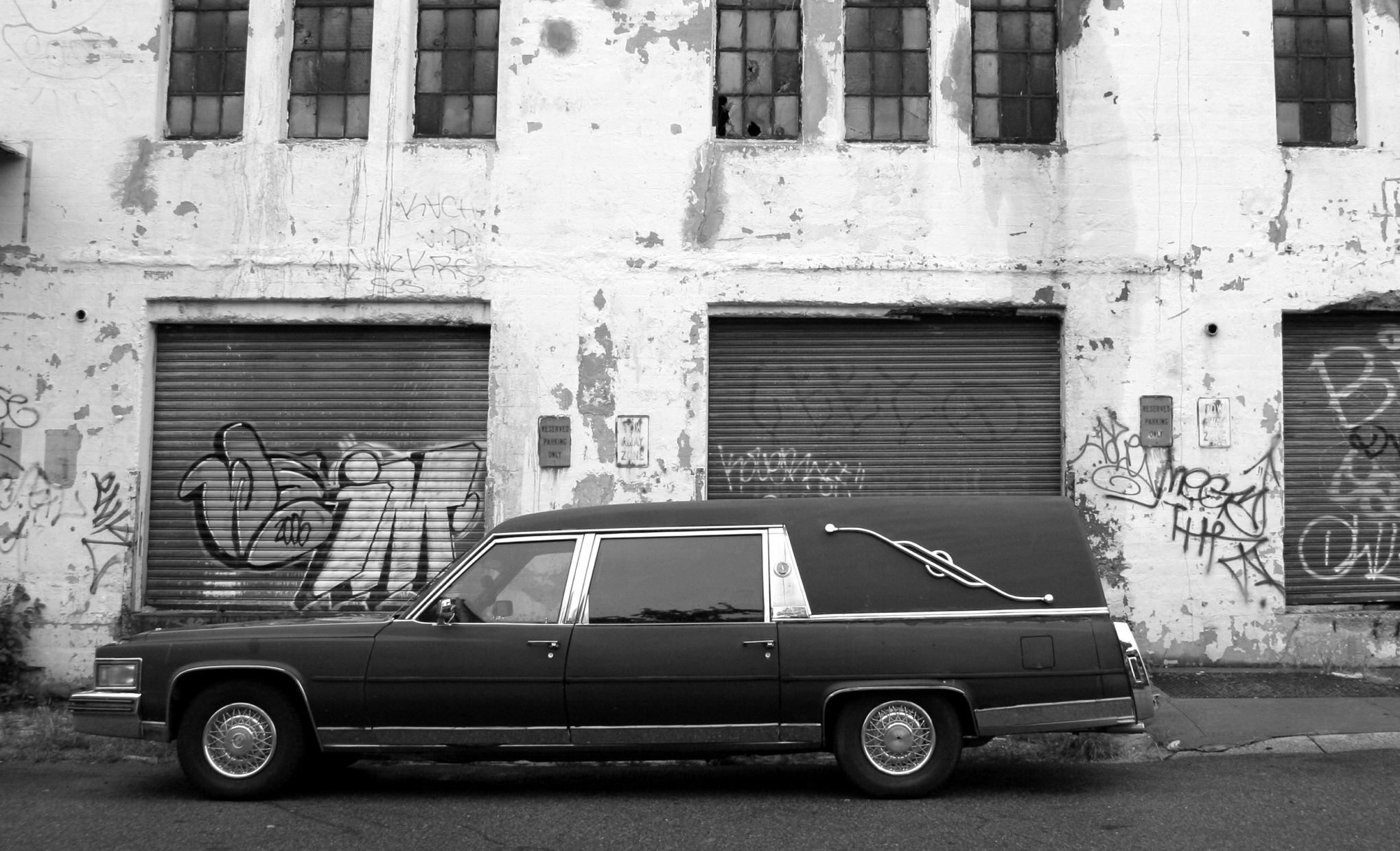The first hearses began to appear in the early 1900s. Before that, horse-drawn casket coaches were commonly used to transport the deceased. Interestingly, most early hearses used electric motors. The first gas-powered hearse was commissioned in 1909 by an undertaker named H.D. Ludlow. It was made using parts of a horse-drawn casket coach and the chassis of a bus. That same year, the Crane and Breed Company introduced the first commercially-built, gas-powered hearse. By the 1920s, gas-powered hearses had become the norm, replacing both electric-powered versions and horse-drawn coaches. In 1925, Sayers & Scovill debuted a landau-style hearse that was reminiscent of a limousine; it quickly became more popular than the boxier styles previously available. From this time up until the mid-1900s, it was not uncommon for hearses to serve as both ambulances and funeral coaches. Today, they typically serve solely as funeral coaches, and their unique purpose means that modern hearses are not made the same way as other cars. Third-party manufacturers purchase existing vehicles and customize them as needed; the majority of hearses made today are heavily modified versions of Cadillacs and Lincolns.

Your go-to guide for weird history facts
Subscribe to the FREE daily email that makes learning about history fun.


